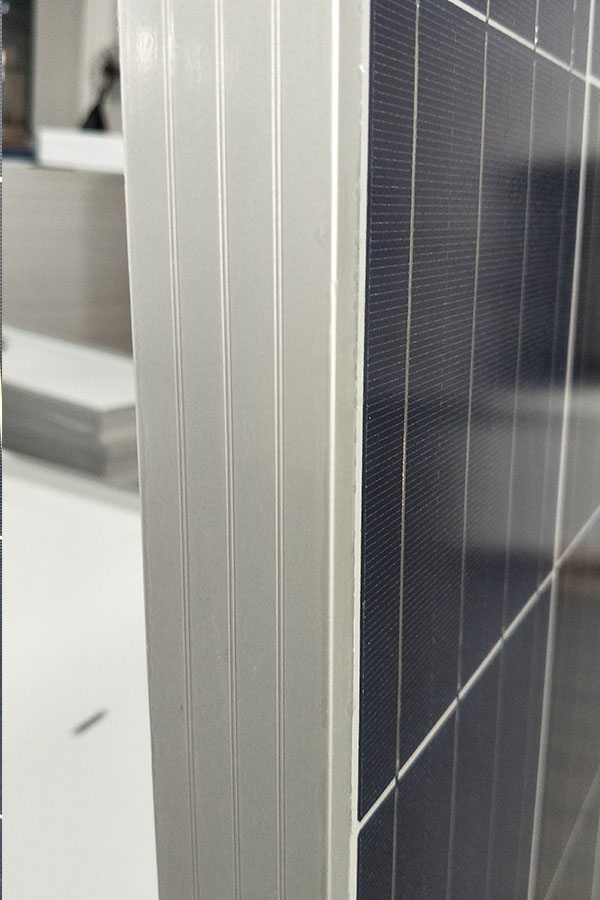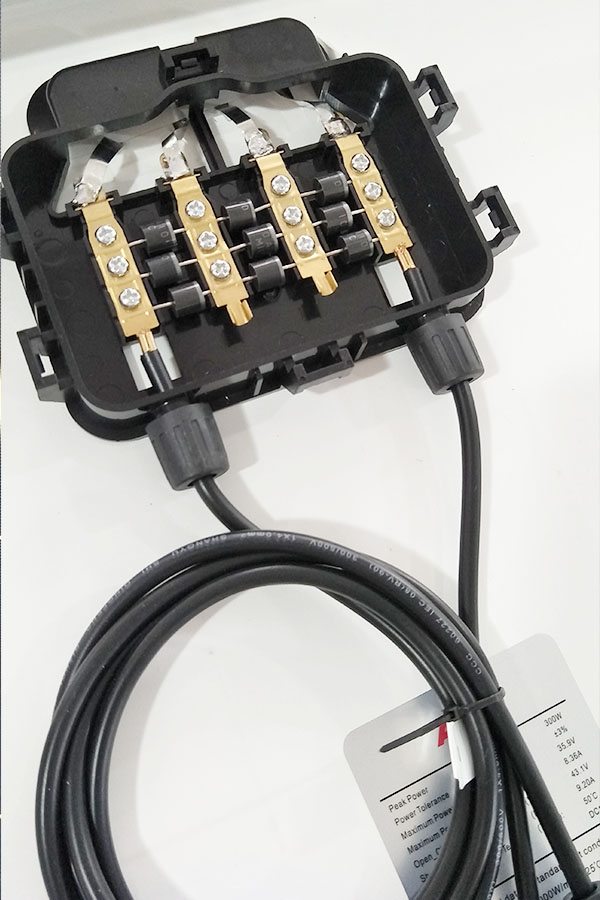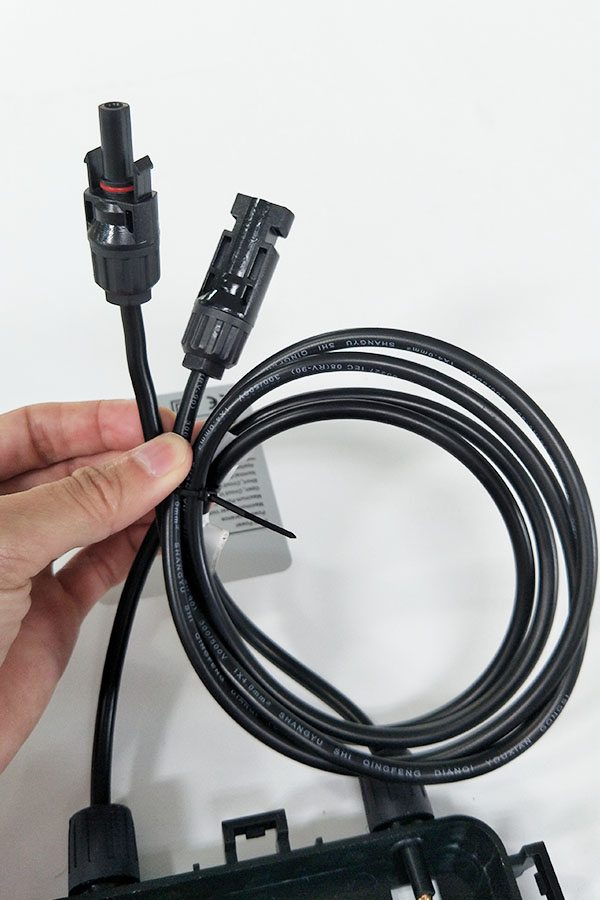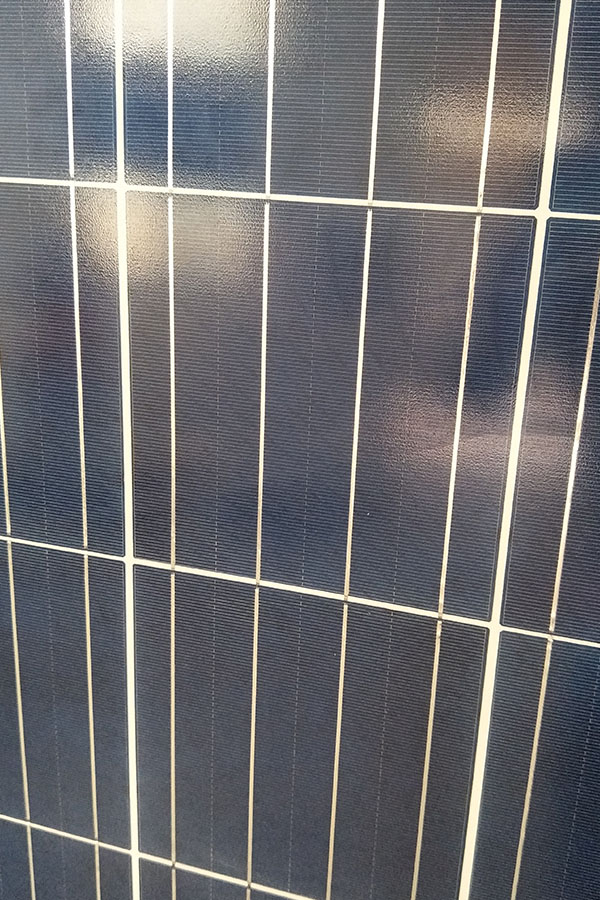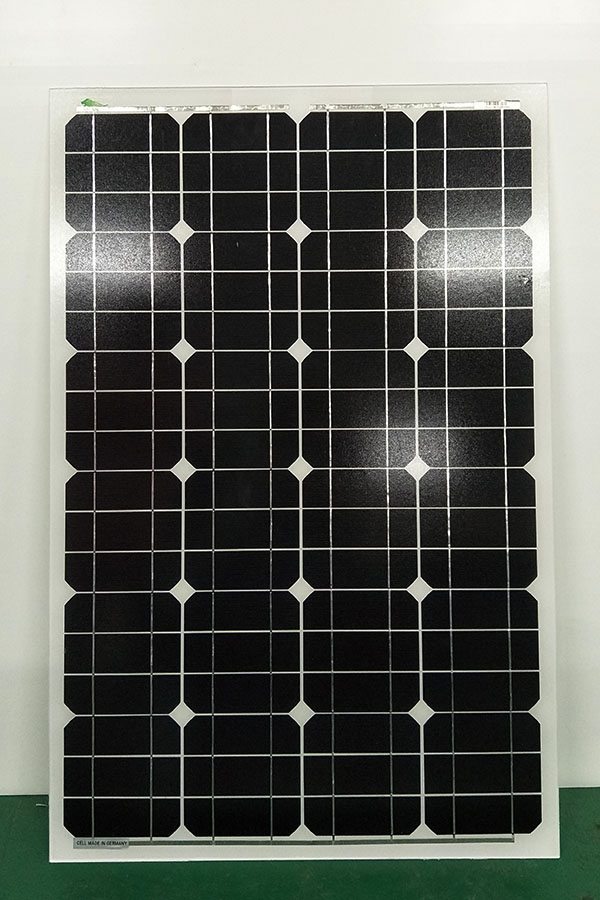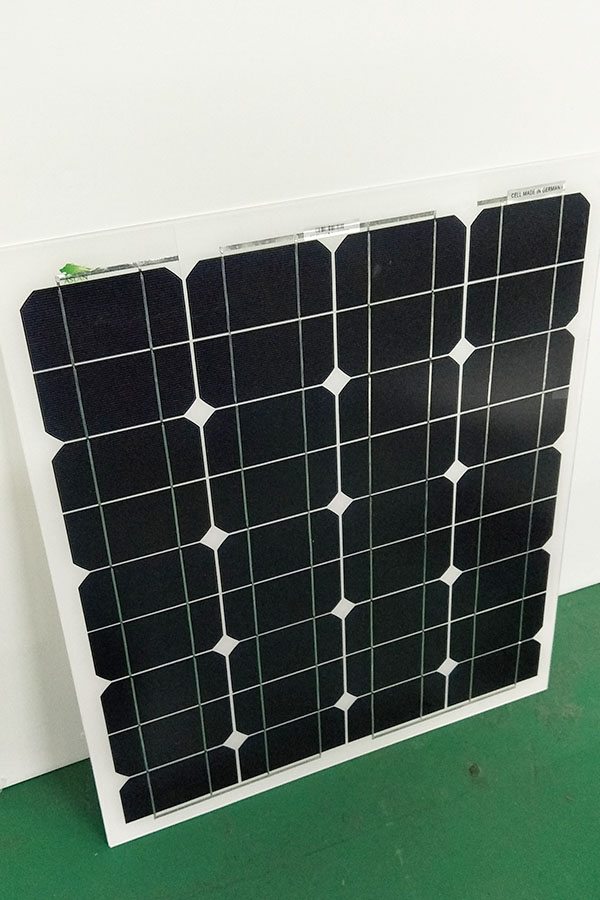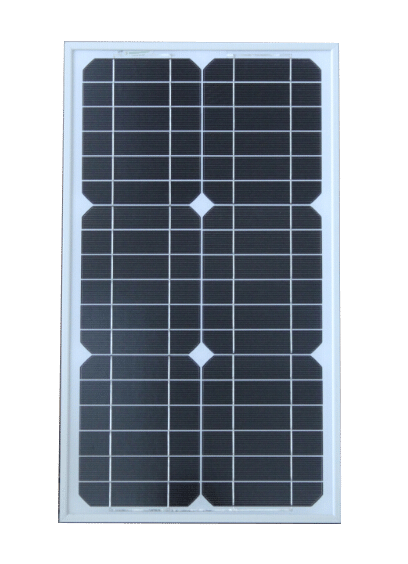11 Years Manufacturer Poly-crystalline Solar Panel 200W Slovenia Manufacturer
Short Description:
As a result of ours specialty and service consciousness, our company has won a good reputation among customers all over the world for 11 Years Manufacturer Poly-crystalline Solar Panel 200W Slovenia Manufacturer, We sincerely welcome friends from all over the world to cooperate with us on the basis of long-term mutual benefits.
Poly-crystalline Solar Panel 200W
Technical parameter
Maximum Power(W) 200W
Optimum Power Voltage(Vmp) 26.78V
Optimum Operating Current(Imp) 7.47A
Open Circuit Voltage(Voc) 32.66V
Short Circuit Current(Isc) 8.21A
Mechanical Characteristics
Cell Type Polycrystalline 156x156mm (6 inch)
No of Cell 54 (6x9pcs)
Dimensions 1482x990x40mm
Weight 17.6Kg
Front Glass 3.2mm,High Transmission, Low Iron,Tempered Glass
Junction box IP65 Rated
Output Cable TUV 1×4.0mm2/UL12AWG,Length:900mm
Temperature and Coefficients
Operating Temperature(°C): -40°C ~ + 85°C
Maximum System Voltage: 600V(UL)/1000V(IEC) DC
Maximum Rated Current Series: 15A
Temperature Coefficients of Pmax: -0.47%
Temperature Coefficients of Voc: -0.389%
Temperature Coefficients of Isc: 0.057%
Nominal Operationg Cell Temperature (NOCT): 47+/-2°C
Materials of solar panel
1).Solar Cell——Polycrystalline solar cell 156*156mm
2).Front Glass——-3.2mm, high transmission, low iron, tempered glass
3).EVA——-excellent anti-aging EVA
4).TPT——-TPT hot seal made of flame resistance
5).Frame——anodized aluminum profile
6).Junction Box——-IP65 rated, high quality, with diode protection
Superiority: high quality anodized aluminum frame, high efficiency long life, easy installation, strong wind resistance, strong hail resistance.
Features
1. High cell efficiency with quality silicon materials for long term output stability
2. Strictly quality control ensure the stability and reliability, totally 23 QC procedures
3. High transmittance low iron tempered glass with enhanced stiffness and impact resistance
4. Both Poly-crystalline and Mono-crystalline
5. Excellent performance in harsh weather
6. Outstanding electrical performance under high temperature and low irradiance
Quality assurance testing
Thermal cycling test
Thermal shock test
Thermal/Freezing and high humidity cycling test
Electrical isolation test
Hail impact test
Mechanical, wind and twist loading test
Salt mist test
Light and water-exposure test
Moist carbon dioxide/sulphur dioxide
Very easy steps, to install Grid tie inverter, are here. Just follow them, and you are done with installation.
Requirements-
• 6 Solar Panels (each 250W/24V)
• 1 Junction Box
• 1.5KW Grid Tie Inverter
• Single phase mains supply (220V)
• Net meter (Bi-Directional)
• DC and AC Breaker
• 15 square meters Area (Shadow free)
Installation Steps-
1. Connect solar panel to DC input port via Junction box with DC breaker.
2. Connect Net meter to AC output port with Ac breaker.
3. Connect Mains to net meter and connect load.
4. Switch on DC MCB.
5. Switch on AC MCB.
6. Now, installation is completed.
Benefits-
• Saves electricity bills.
• Works at 98% efficiency
• Work in most extreme weather conditions.
• Sell solar electricity to Government via Net meter.
For more updates about inverter & batteries, stay connected with:
https://www.youtube.com/user/SukamIndia
http://sukam-solar.com/
https://www.facebook.com/Sukampowersystem/?fref=ts
https://www.instagram.com/sukam_solar/?hl=en
https://twitter.com/search?q=SU-KAM%20POWER&src=typd
https://www.linkedin.com/company-beta/242365/
Your queries will be answered within 24 hours.
Feel free to Ask.
Alan Walker – Force [NCS Release]
Music was provided by NCS
Link to the video of the track:
Social Network Links:
Alan Walker
➞ SoundCloud https://soundcloud.com/alanwalkermusic
➞ Facebook https://www.facebook.com/alanwalkermusic
➞ Twitter https://twitter.com/IAmAlanWalker
➞ Instagram http://www.instagram.com/alanwalkermusic
Experiments into the use for a solar panel with impact damage and broken glass.
What a broken panel looks like.
It is possible to use it at a lower voltage depending on where the damage is. See part 2 for current tests.

